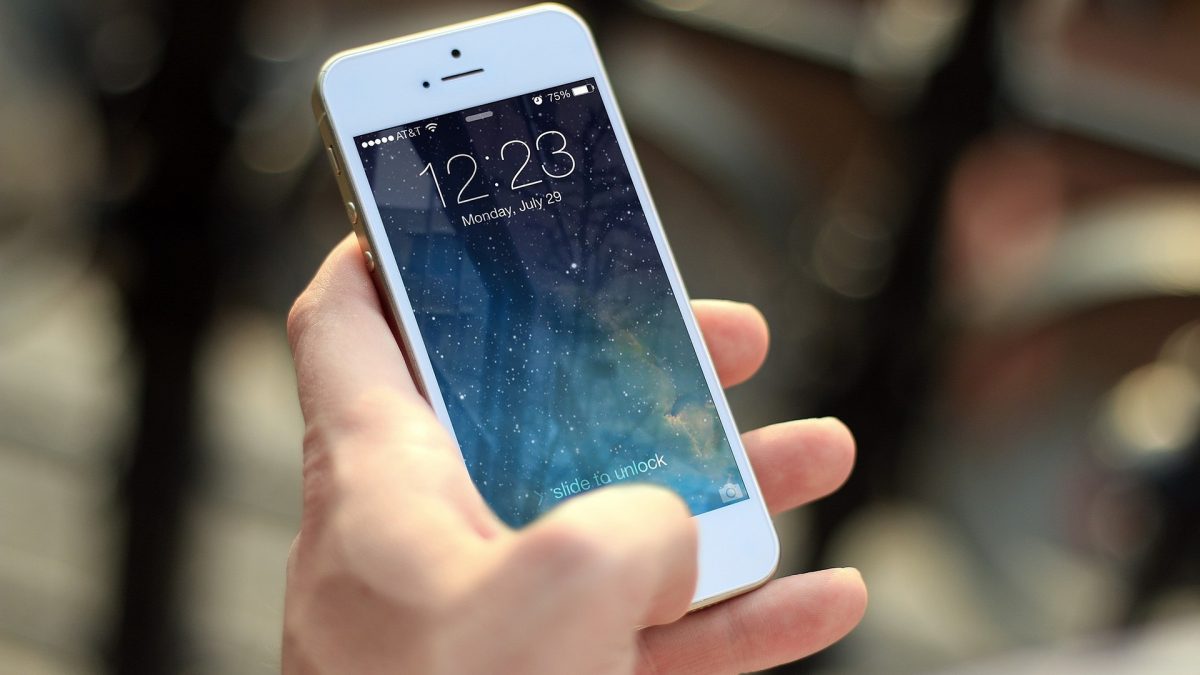- [email protected]
- Monday-Saturday 9:00 - 17:00
Mobile Connectivity in Australia: Understanding 3G, 4G, and 5G for Business

Optimizing WiFi Coverage & Speed: What Small Businesses Need to Know
05/03/2025
Microsoft Teams Calling: A Smarter Way to Stay Connected
05/03/2025Mobile Connectivity in Australia: Understanding 3G, 4G, and 5G for Business
In today’s fast-paced digital world, staying connected is essential for any business. Mobile networks have come a long way, with 3G shutting down across Australia and 4G and 5G offering faster and more reliable connectivity. But what do these terms really mean for your business? And how can mobile technology be used to ensure seamless internet access?
The Evolution of Mobile Networks: 3G, 4G, and 5G
3G – Shut Down and Phased Out
Australia’s major carriers—Telstra, Optus, and Vodafone—have either already shut down or are in the process of shutting down their 3G networks. This means older devices that rely on 3G-only connections will no longer work, requiring businesses to upgrade to 4G or 5G-compatible devices.
4G – The Current Standard
4G, also known as LTE, has been the dominant mobile network technology for years. It offers average speeds between 20–100 Mbps, depending on signal strength, congestion, and location. Coverage is extensive, reaching most urban and regional areas.
5G – The Next Generation
5G is the latest in mobile network technology, offering much higher speeds and lower latency. Typical speeds range from 200 Mbps to 1 Gbps, with some users experiencing even faster connections in high-density urban areas. However, 5G coverage is still expanding and is primarily available in major cities and regional centers.
4G and 5G Are Not the Same as 2.4G and 5G Wi-Fi
Many people confuse the terms 4G and 5G mobile networks with 2.4 GHz and 5 GHz Wi-Fi frequencies. These are entirely different technologies:
- 4G and 5G refer to mobile networks provided by carriers like Telstra, Optus, and Vodafone.
- 2.4G and 5G Wi-Fi refer to the frequency bands used by Wi-Fi routers. 2.4 GHz Wi-Fi offers longer range but slower speeds, while 5 GHz Wi-Fi provides faster speeds but shorter range.
Using Mobile Networks for Internet Backup
For businesses that rely on a stable internet connection, mobile broadband can serve as a critical backup if the primary connection goes down.
- 4G and 5G routers can provide a seamless failover solution, ensuring minimal disruption.
- USB dongles and mobile hotspots can offer quick connectivity for individual users or small teams.
- Dual-WAN routers can be configured to automatically switch to a mobile network when needed.
Mobile Connectivity for Laptops and iPads
Many business professionals use their smartphones as hotspots to provide internet to their laptops or tablets. However, this isn’t always the most efficient solution.
iPads with Cellular Connectivity
Apple iPads are available in Wi-Fi-only and Wi-Fi + Cellular models. If you want to insert a SIM card and use mobile data directly, you need an iPad with Cellular, which costs more than the standard Wi-Fi model. Cellular iPads allow for direct internet access without needing to connect to a phone.
Laptops with Built-in Mobile Broadband
Most laptops do not come with built-in mobile broadband, but some business-oriented models (such as certain Dell, HP, and Lenovo ThinkPad models) offer an LTE or 5G modem as an optional feature. These laptops allow users to insert a SIM card and connect to mobile networks directly. If your laptop doesn’t have this feature, a USB modem or mobile hotspot can be used instead.
Final Thoughts
As 3G sunsets and 4G and 5G take center stage, businesses must adapt to the latest mobile technologies. Whether it’s using mobile broadband for internet backup, equipping devices with SIM cards for seamless connectivity, or understanding the difference between mobile networks and Wi-Fi, staying informed will help businesses remain connected and competitive in a fast-moving digital landscape.
If you need assistance setting up mobile broadband solutions for your business, feel free to reach out!




